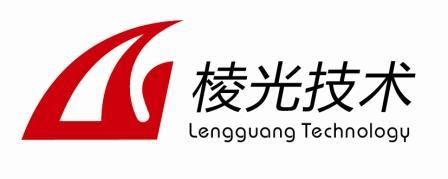Daily Operating Experience of Analyzing UV-Vis Spectrophotometers
Release Time:
2020-01-07 00:00
UV-Vis spectrophotometer is composed of light source, monochromator, absorption cell, detector and signal processor. The function of the light source is to provide a stable continuous spectrum of sufficient intensity. In the ultraviolet region, hydrogen or deuterium lamps are usually used. The visible light area usually uses tungsten or tungsten halogen lamps. The function of the monochromator is to split the composite light emitted by the light source and separate the monochromatic light of the desired wavelength from it. There are two types of dispersive elements: prisms and gratings.
The glass absorption cell is used for measurement in the visible light region, and the quartz absorption cell is required for the measurement in the ultraviolet light region. The function of the detector is to detect the intensity of the transmitted light through the photoelectric conversion element, and convert the optical signal into an electrical signal. Commonly used photoelectric conversion elements include photocells, photomultiplier tubes and photodiode array detectors. There are many classification methods of spectrophotometers: according to the optical path system, it can be divided into single-beam and double-beam spectrophotometer; according to the measurement method, it can be divided into single-wavelength and double-wavelength spectrophotometer; Scanning detection and diode array full spectrum detection.
Daily operating experience of UV-Vis spectrophotometer:
1. Almost all spectral analysis instruments (such as UV-Vis spectrophotometer, atomic absorption spectrophotometer, some instrument photometric detectors) are based on the Lambert-Beer law.
2. Many drugs require the relative error to be within 1%.
3. If the pairing error of the quartz cuvette QC is 0.1%T, the analysis error (△A/A) brought to the user is 0.5%. If the pairing error for QC is 0.5%, the analytical error is 3%.
4. When checking the pairing error of the quartz cuvette QC, the QC should be filled with distilled water or solvent.
5. When cleaning the cuvettes with ultrasonic waves, generally use 20W ultrasonic cleaning for glass instruments for 30 minutes to solve the problem, but do not use high-power ultrasonic waves to clean the cuvettes, which will damage the cuvettes, especially for Those cuvettes made by the bonding method.
6. When analyzing and testing, the solution injected into the cuvette should not be too full, generally 2/3 of the height of the cuvette.
7. General photoelectric detectors such as silicon photocells, photocells, and photomultipliers have fatigue effects. It should be avoided to open the sample chamber cover when irradiating and preheating for a long time to prevent the photodetector from being exhausted by light.
Copyright © 2024 Shanghai Lengguang Technology Co., Ltd. All Right SEO

 中文
中文 EN
EN